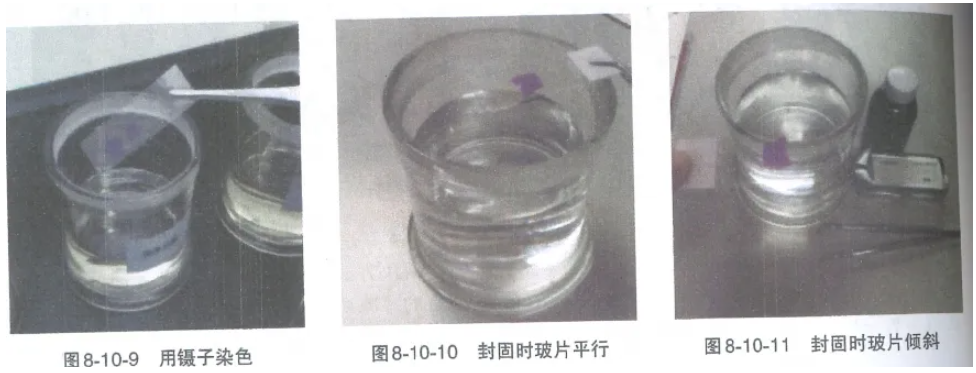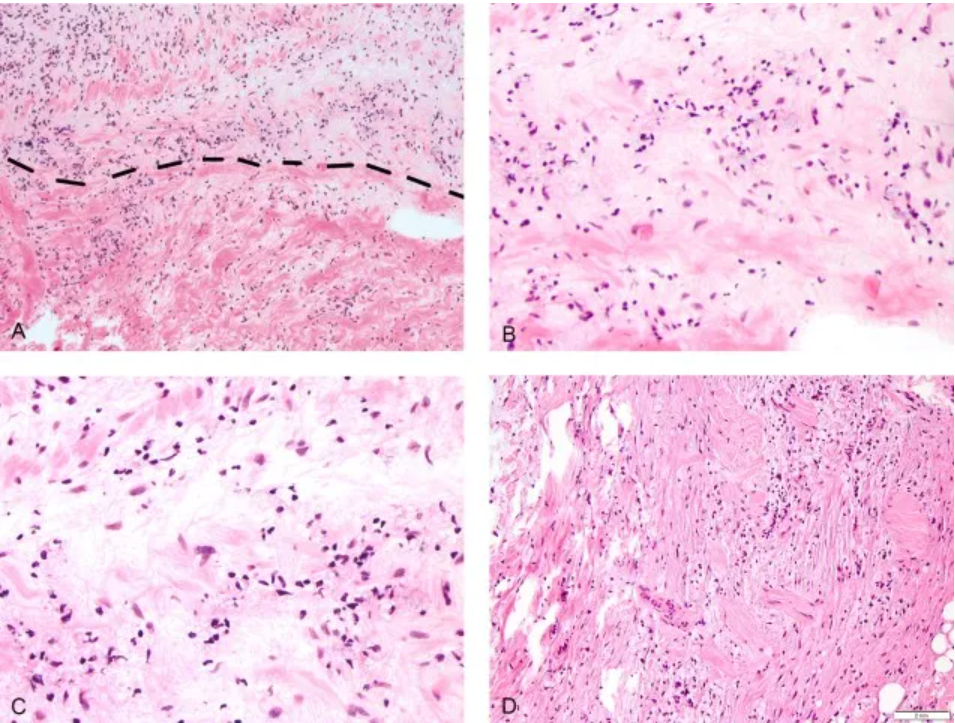In the process of freezing slices, have you ever encountered the following problems:
Nucleus staining was blurred, cell tissue degeneration, section fragmentation was incomplete, section curling and wrinkling appeared......

Experts have found ways to solve these problems. Let's see how they think.
Frozen slices ice crystal problem can jump: frozen slices how to prevent ice crystals?
First, the nuclear staining is fuzzy and the contrast is poor

Possible causes:
1. After staining, the gradient ethanol is not sufficiently dehydrated, and the section carries liquid into the transparent liquid, resulting in incomplete transparency. Look at the clouds with the naked eye. The tissue structure is blurred under the microscope.
2. The liquid level of the clear liquid is low and does not reach the height of the sliced gradient ethanol, resulting in the ethanol liquid being brought into the clear liquid.
The solution:
When the anhydrous ethanol is not removed from the transparent liquid, the section tissue is returned to anhydrous ethanol, and the transparent liquid is replaced to ensure that the standard liquid level is transparent again.

In addition, after manual dyeing, the tweezers will carry liquid. When sealing, the section should not be placed horizontally. The fluid from the forceps band will penetrate into the tissue, causing the section to blur. Holding the section slightly upturned prevents the fluid from flowing into the tissue surface and causing the section to blur.

2. Cellular tissue degeneration

Possible causes:
1. Some doctors are willing to observe a section with two sections of different thickness, resulting in delayed fixation of the first section and cell degeneration.
2. There are technicians who want to observe the quality of slices, and the delay is quickly fixed. Especially in the hot weather, high room temperature environment of frozen section, delayed fixation can lead to cell degeneration, affect staining and diagnosis.
The solution:
It is recommended that only one tissue section be placed on a slide, and the fixing solution should be placed immediately after the completion of the frozen section. If the section quality needs to be observed, it can be observed after the section is fixed a little.
Third, the slice is broken incomplete or can not be sliced
Possible causes:
1. The tissue contains too much fat or dead tissue. Fat or necrotic tissue is cooler than normal tissue slices. The freezing speed is slow, which affects the integrity of slices or delays the reporting time.
2. Excessive freezing of tissue blocks leads to broken sections or washboard appearance.
The solution:
In addition to keeping the frozen section tissue fresh, attention should also be paid to avoiding excessive fat in the tissue (except for adipose tissue slices) and necrotic tissue. The tissue size should be moderate, under normal circumstances, the size of the frozen section is about 1.5*1.5*0.3cm. Ovarian tumors and lipomas may be smaller and larger. Grasp the freezing time of the tissue, and decide the freezing time according to the size and nature of the tissue block. It is generally believed that if the tissue mass is large or adipose tissue, the freezing time can be appropriately long, and the freezing time of thyroid tissue, brain tissue, lymph node and animal tissue is relatively short. Close the lid of the freezer after each frozen slicing operation and keep the freezer temperature constant.
4. The slices are curled or wrinkled
Possible causes:
The blade becomes dull.
There's a foreign object on the plate. It's not parallel to the blade
The solution:
Pay attention to check the props, replace the knife edge in time, and replace the blade regularly. Keep the anti-coil plate clean, and wipe the knife edge and anti-coil plate clean every time you do a frozen section to prevent section contamination and section shrinkage. Adjust the position of the knife and the anti-coil plate to ensure that they are parallel and cut at a uniform speed, and the anti-coil plate protrudes 0.2mm from the blade.
4. There are stripes or wrinkles on the slices
Possible causes:
1. If it is perpendicular to the thin stripe on the blade, there may be a notch on the knife edge
2. It may also be caused by calcified tissue and sutures;
3. If there are broad stripes or tissue defects, it may be due to the adhesion of tissue residue to the blade;
4. The corrugation of wavy lines may be caused by a loose part in the microtome
The solution:
1. Adjust or replace the blade
2. Remove the tissue residue attached to the blade
3. Check whether the knife holder that supports the blade is loose
The above is the frozen slices brought by David Beckham to share common problems. In the usual frozen section process, what problems have you encountered that affect your section? Welcome to leave a message in the background or study group, our engineers will discuss with you.
reference
Analysis and Prevention of common problems in frozen sections. Luo Xinlan, 1999
Practical Modern Pathology Techniques. Liang Zhiyong, Wang Detian, Ding Wei, 2022

